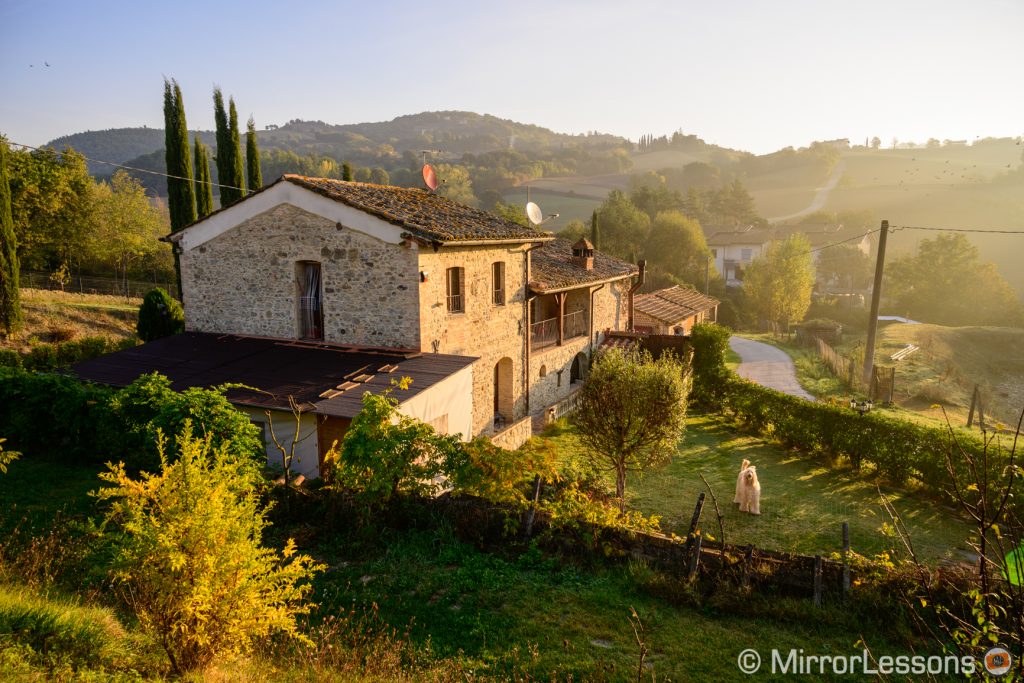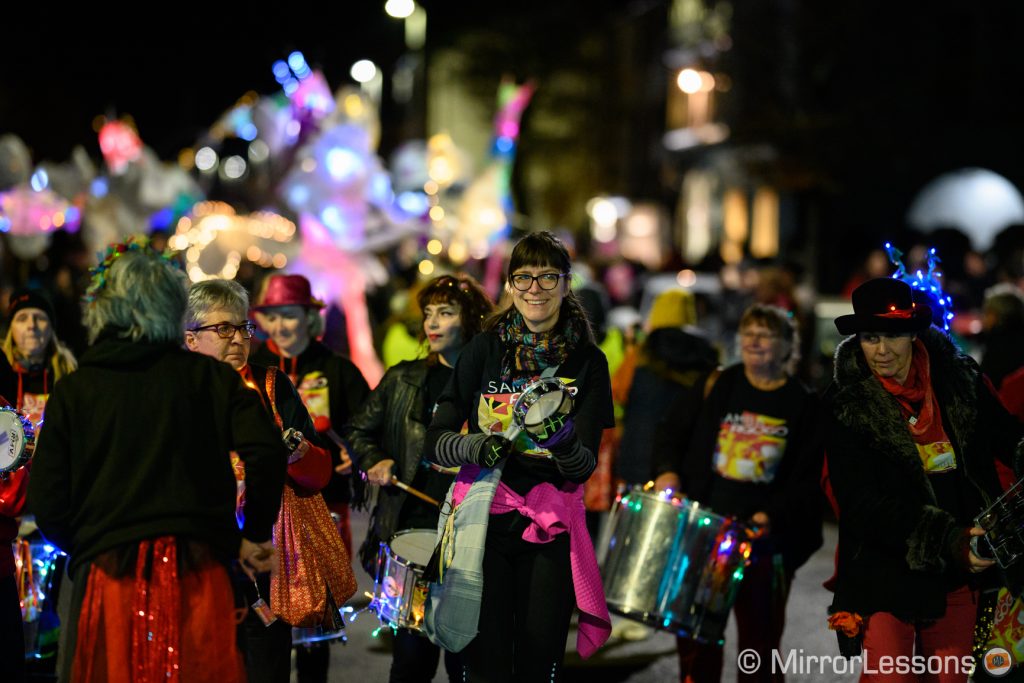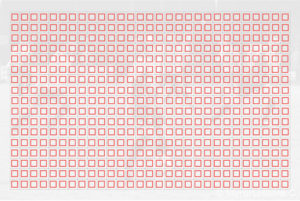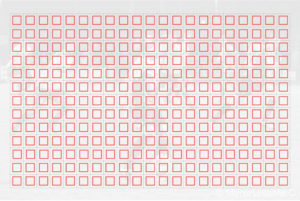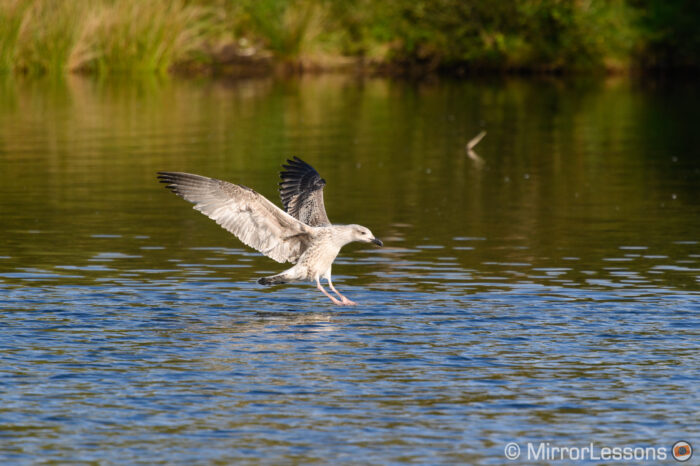The Nikon Z6, which was announced in 2018, launched the full frame Z-mount system along with its sibling, the Z7. It was Nikon’s second attempt at building a mirrorless series after the failure of the 1 system. Despite a few downsides, the cameras proved excellent contenders and received several improvements via firmware updates.
Two years later, Nikon has released the mark II versions. Sadly there isn’t anything revolutionary about either model, but the various tweaks in performance do make the products more complete. Are the new cameras really worth buying compared to the mark I models? Let’s find out!
What the Z6, Z6 II, Z7 and Z7 II have in common:
- 5-axis image stabilisation (5EV of compensation)
- Electronic VF with 3.69M dots, 0.8x magnification, 60Hz and 21mm eyepoint
- Tilting 3.2” LCD screen with 2.10M dots and touch sensitivity
- Weather sealing
- Wifi and Bluetooth connectivity
Ethics statement: the information supplied in this article is based on our personal experience with the Nikon Z6 and Z7, and official information about the Z6 II / Z7 II. We were not asked to write anything about these cameras, nor were we provided with any sort of compensation. Within the article, there are affiliate links. If you decided to buy something after clicking the link, we will receive a small commission. To know more about our ethics, you can visit our full disclosure page. Thank you!
1. Sensor
The cameras use sensors with a BSI design (back-illuminated). The 7 series has 45.7MP and no low-pass filter, whereas the 6 series has 24.5MP and an AA filter.
The sensors inside the Z6 II and Z7 II are the same found in the original cameras when they were launched two years ago, so there is no improvement when it comes to image quality, at least based on the specifications and official press release.
This means we already know what they are capable of. In my tests, I found the Z6 sensor to be as good as the Sony A7 III when it comes to dynamic range.
The Z7 offers excellent quality too but can suffer from banding when doing heavy shadow recovery. I wonder if Nikon quietly fixed this with the Z7 II or if the performance will be the same.
The same sensor means that the ISO range hasn’t changed either:
- Z6 / Z6 II: 100 to 51200 ISO, or 50 to ISO 204800 ISO with the extended values
- Z7 / Z7 II: 64 to 25600 ISO, or 32 to ISO 102400 ISO
2. Image processor
The four cameras use the Expeed 6 image processor. The difference is that the Z6 II and Z7 II have two of them to double the power capabilities and improve the autofocus and continuous shooting speed performance.
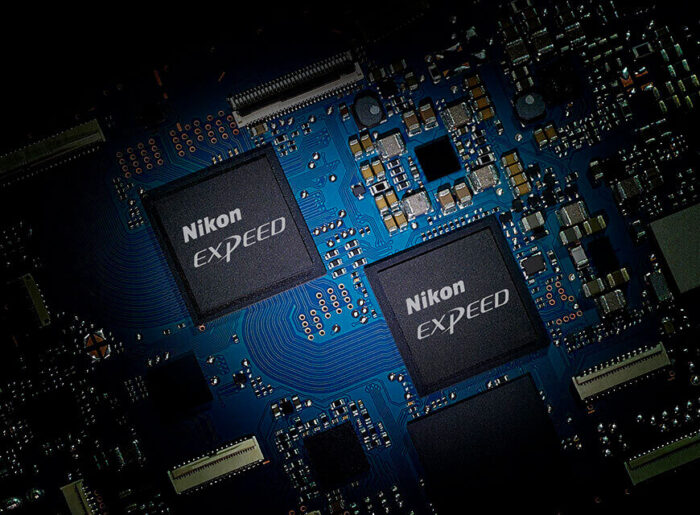
3. Autofocus
The 6 series has 273 phase detection autofocus points, whereas the 7 series uses 493 points. Either way, these points cover 90% of the sensor surface.
The overall performance on the mark II models has been improved thanks to the dual processor. Face and eye detection are now available when using the Wide-Area (L) mode instead of just the Auto-Area (where all the points are used).
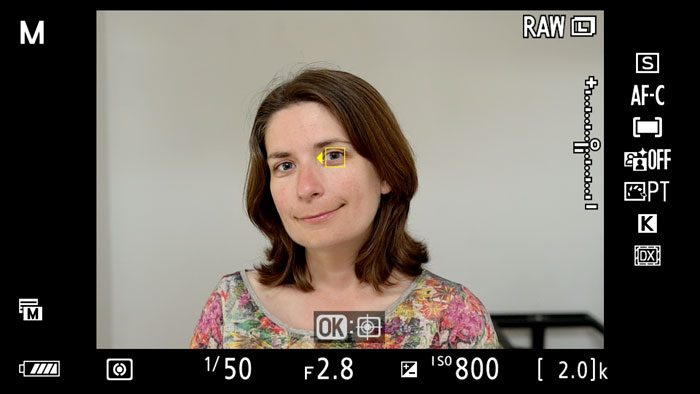
This allows you to restrict the area in which face and eye AF operate, reducing the chance to mis-focus somewhere else or on another person at the edge of the frame if there are multiple people in your shot. Face/Eye detection can also be selected from the iMenu now for quicker change when needed.
Face and Eye AF are available for video recording on the new cameras, and that includes Eye AF for dogs and cats.
Another improvement is the minimum sensitivity in low light (measured with an aperture of f/2):
- Z6: -3.5Ev, or -6Ev with the Low Light AF mode (firmware 2.0)
- Z7: -2Ev, or -4Ev with the Low Light AF mode (firmware 2.0)
- Z6 II: -4.5Ev, or -6Ev with the Low Light AF mode
- Z7 II: -3Ev, or -4Ev with the Low Light AF mode
The Z6 and Z7 didn’t get the best press when they were launched, but when I tested them I found them to be better than the reputation they had.
Nikon has also been very efficient with firmware updates, improving the performance on various levels (they added Eye AF, then Eye AF for cats and dogs). I saw first hand a significant boost in keeper rate for birds in flight, with the Z6 and Z7 being only second to the Sony A9 series. I’m curious to see if the mark II models can improve the score even more.
4. Continuous Shooting Speed
The Z6 II can shoot at 14fps vs 12fps on the Z6 when using the Hi+ mode. However on both cameras the fastest speed is limited to 12-bit RAW and, in the case of the Z6 II, only the Single AF point is available.
If you want 14-bit RAW, or use another AF area setting on the mark II model, the speed decreases to 9fps (Z6) or 12fps (Z6 II) respectively.
The Z7 can record at 9fps, whereas the Z7 II is slightly faster with 10fps (Hi+ mode). The same reasoning applies to the RAW bit depth: if you want 14-bit, the speed decreases to 8fps (Z7) or 9fps (Z7 II).

What is a bit disappointing is that if you select the H mode, which is the one that gives you live view with blackouts, the speed drops to 5.5fps. It would have been nice to get a faster speed, something like 9fps or 10fps on the Z6 II, and 7fps on the Z7 II.
The good news is that the buffer memory has improved on the new cameras, which is great because it is too small on the original models.
They can now capture 200 JPGs in a single burst. The Z7 II can also do 77 RAW, and the Z6 II 124 RAW files (12-bit uncompressed). Nikon says that the capacity is 3 times that of the 7 series and 5 times that of the 6 series.
5. Video
The Z6 and Z7 can record 4K up to 30p. The main difference concerning quality is that the Z6 can record with full pixel readout (oversampling) using the entire width of the sensor (no crop).
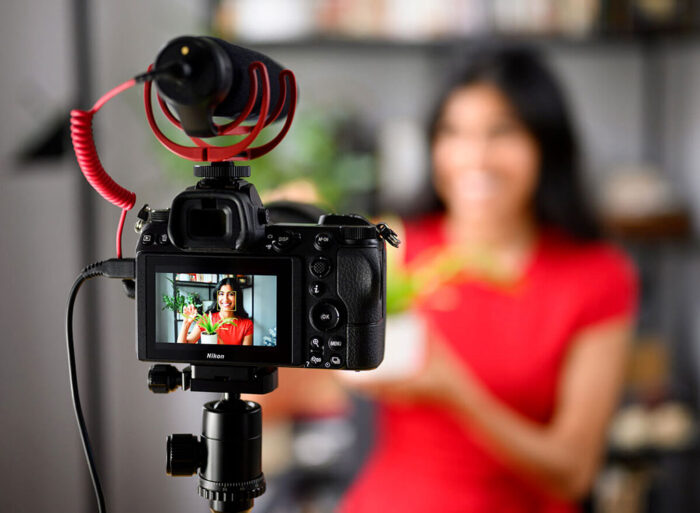
The Z7 can also record without a sensor crop but it uses the line-skipping method, so the quality is lower (more aliasing and less sharpness). If you want better quality with the Z7, you need to use the DX crop mode.
The Z6 II and Z7 II can reach 50 and 60p with 4K resolution. However there are a few things to point out.
The Z6 II will be able to record 4k/60p next year after a firmware upgrade (ETA is February 2021) and it will be able to do so with the DX crop mode only.
The Z7 II is already capable of recording 4K/60p with a 1.08x crop which means it does line-skipping. I couldn’t find confirmation of this but I’m assuming it can do 60p with the DX crop mode to get better quality.
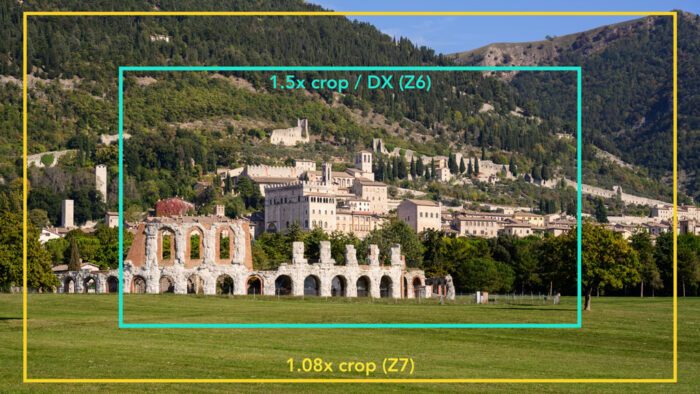
No change in Full HD, with frame rate being up to 60p, or 120p with the slow motion mode.
In addition to N-Log, which is found on the first generation models, the mark II cameras also get HLG. These profiles work in 10-bit 4:2:2 but only via the HDMI output. They are not available for internal recording.
With a paid upgrade, you can also record 12-bit RAW video to the Atomos Ninja V recorder, and Nikon has said that support for BlackMagic RAW and the Blackmagic Video Assist recorder will be available in the future. Keep in mind that the RAW output is line-skipped, and in the case of the 7 series, it only works in DX mode with 4K.
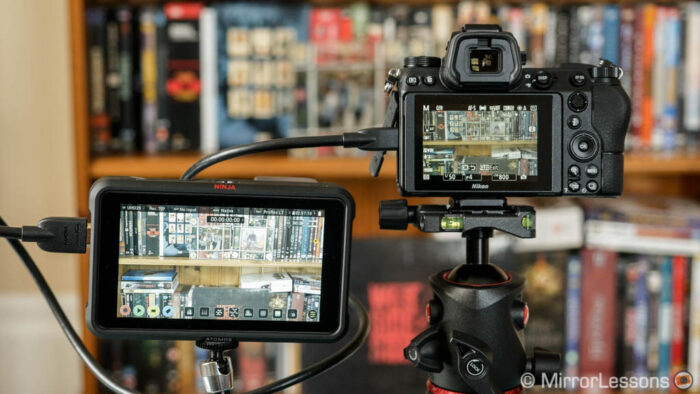
As said previously, face and eye detection works for video on the new cameras.
Finally, 3.5mm input and output for microphones and headphones are available on the four products.
6. Dual Memory Card slot
The choice to give the Z6 and Z7 just one card slot, and the more expensive XQD/CFexpress type at that, was not well received by the photography community, especially at a time when other brands had already started to include two slots on several products.
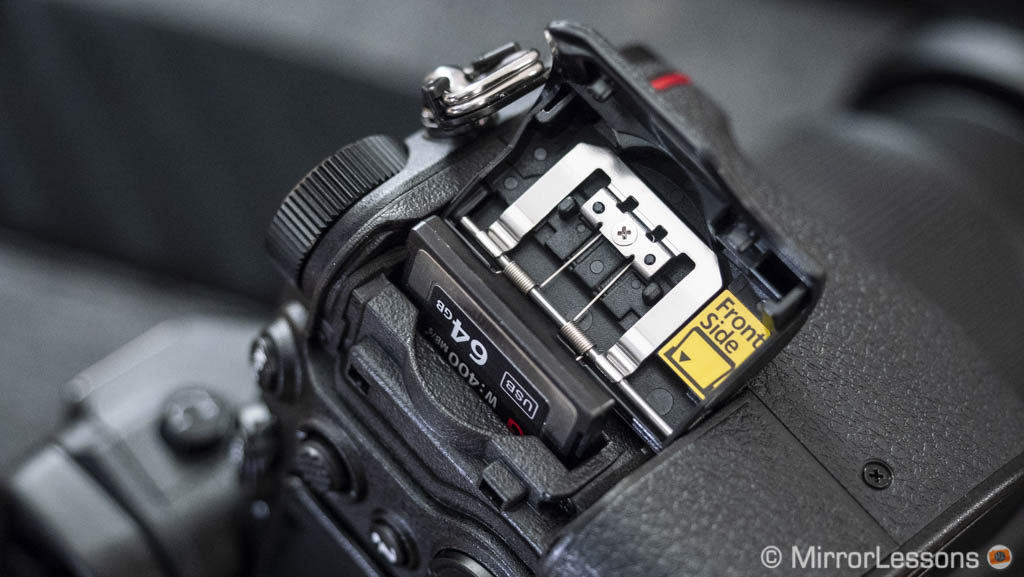
Nikon listened to the feedback and they gave the Z6 II and Z7 II a second slot that accepts SD UHS-II cards. Now, having to deal with two different card types is not the best solution in my opinion (two SD cards would have been better, like the Z5) but at least we can now use cheaper cards in one slot, or back up the images when both slots are used.
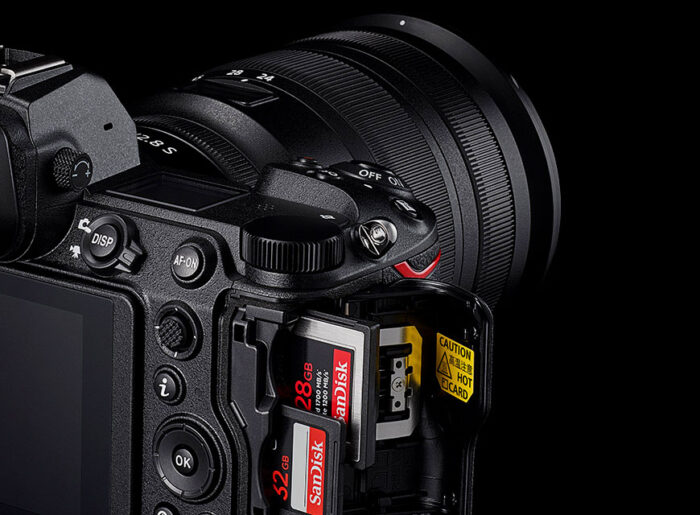
7. USB Power and Battery Grip
The Z6 II and Z7 II are shipped with the most recent battery pack, the EN-EL15c which provides extra power in comparison to the previous one (EN-EL15b) equipped with the original cameras. However keep in mind that the new battery is compatible with the Z6 and Z7.
More important, the mark II models can be powered by USB while in operation. The Z6 and Z7 can only charge the battery if they are turned off.
The first battery grip released for the Z6 and Z7 (MB-N10) was literally just a battery pack, capable of housing two EN-EL15b but less usable as a vertical grip because of the lack of a shutter button, AF joystick, exposure dials and other things we’ve become used to seeing from this type of accessory.
Nikon decided to correct this by launching the MB-N11 which is designed for vertical shooting and has all the features you’d expect from it. Oddly though, it doesn’t seem to be retro-compatible with the original cameras. I hope this is just a lack of information.
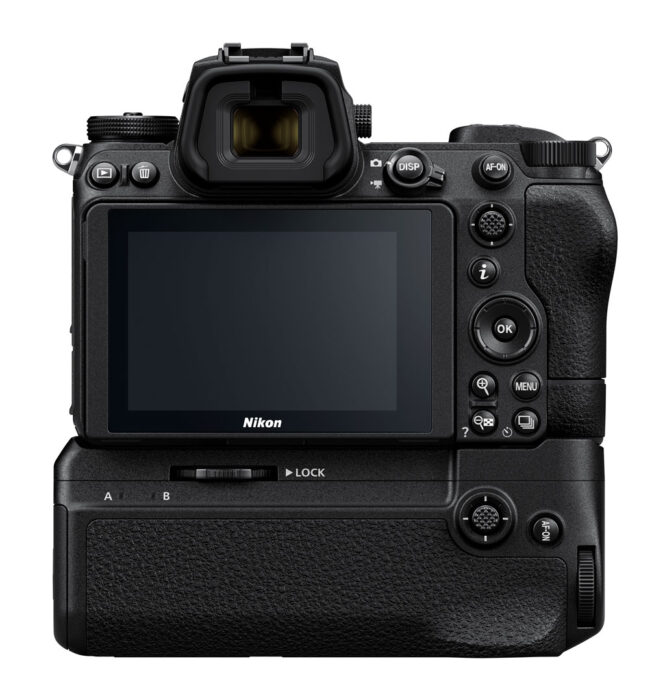
8. Dimensions
Nikon has kept the same weatherproof design and button layout of the Z6/Z7, which is a good thing because it’s one of my favourite among mirrorless cameras. It is compact yet with an excellent grip and ergonomics.
The dimensions are almost the same, with the mark II models being 2mm deeper and slightly heavier:
- Z6 / Z7: 134 x 100.5 x 67.5 mm, 675g
- Z6 II / Z7 II: 134 x 100.5 x 69.5 mm, 705g
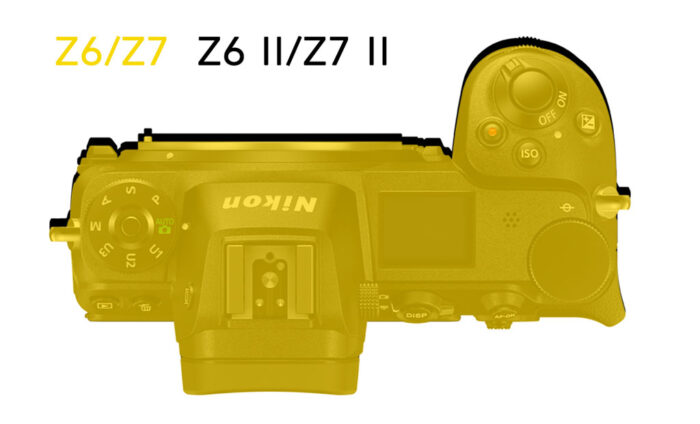
Below you can see how the cameras look in terms of design and button layout (example is with the Z6 II).
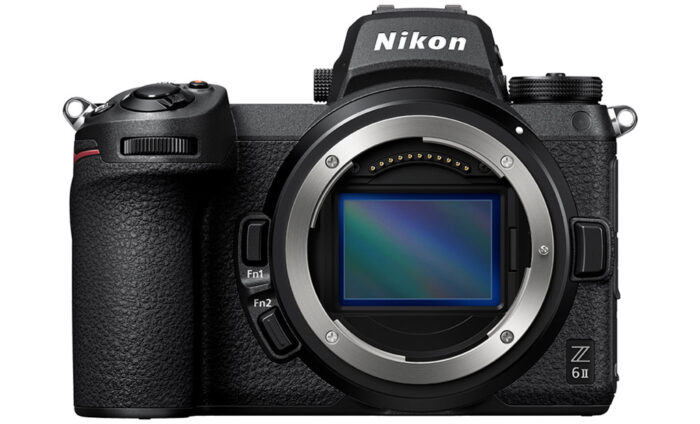
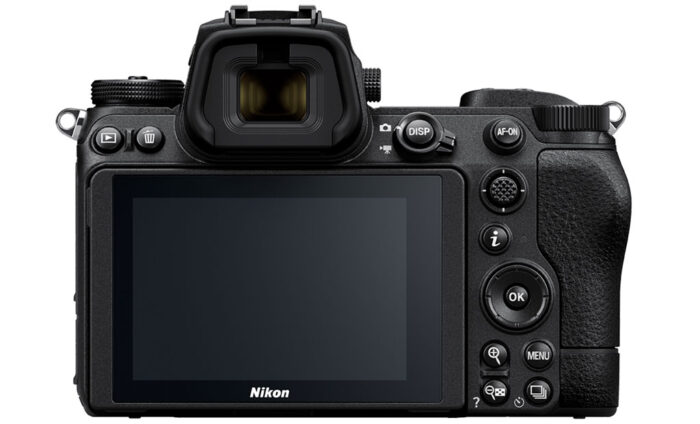
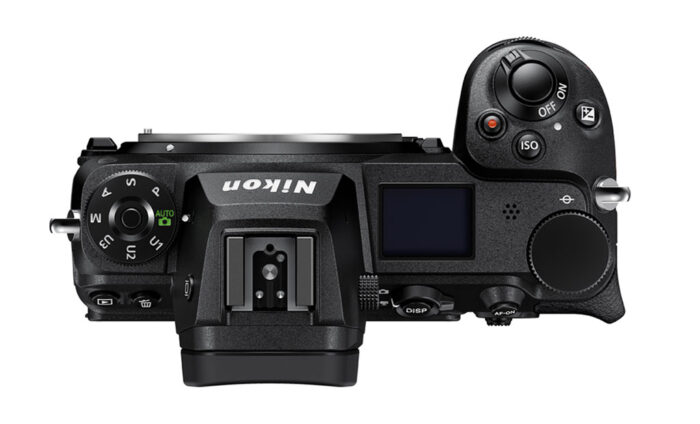
9. Extra tidbits
There are a few other improvements.
On the new cameras, you can reverse the control and zoom rings in the menu if you prefer to rotate them in the opposite direction.
You’ll be able to update the firmware via the Snapbridge mobile app, and this is valid for all cameras.
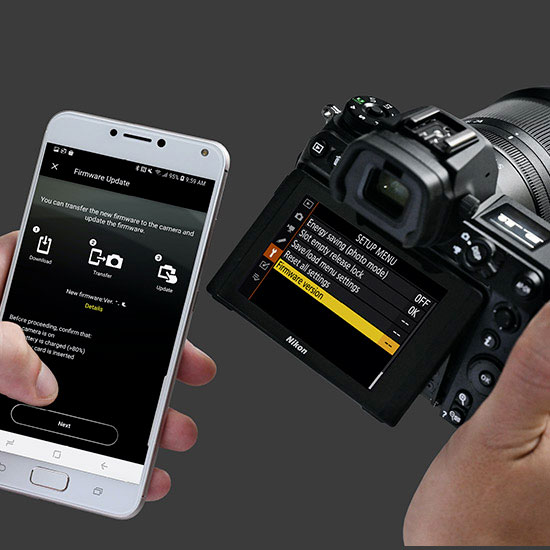
Finally, the Z6 II and Z7 II allow you to select a shutter speed as slow as 900 seconds (before Bulb mode).
10. Price
The Z6 can be found for $1800 / £1550 / €1800.
The Z6 II starts at $2000 / £2000.
The Z7 is available for $2600 / £2500 / €3000.
Finally the Z7 II can be purchased for $3000 / £3000.
The four cameras are on sale at the time of publishing this article, but given that Nikon also has an entry level model (Z5), there is the possibility that the Z6 and Z7 might get discontinued at some point.
Note: all prices are for the body only and as of October 2020.
Conclusion
The Z6 II and Z7 II are an incremental update over their predecessors. We can argue that some of these upgrades should have been there from the start (the dual card slot to name one) but like every first product in a completely new line-up, there are always choices that turn out to be the wrong ones. And, hardware aside, we must give credit to Nikon for giving the Z6 and Z7 many firmware updates that have boosted the performance and added new features.
Personally, I am curious to test the updated autofocus given how well the Z6 and Z7 AF improved via firmware. I also welcome the larger buffer memory and the USB power delivery option. The other improvements won’t make a significant difference for the general user, specific needs aside.
I also think there a few things that have been missed here, especially if you are interested in video making. It’s great to have 4K 60p (albeit with a sensor crop) but it would have been even better to see more competitive specifications like 10-bit and N-log/HLG for internal recording.
The Z6 II and Z7 II are better cameras for sure, but just like their predecessors two years ago, they don’t bring anything outstanding to the table that can put them ahead of the competition.
Finally, I can see many reasons why the Z6 and Z7 are still valid options to consider, especially if the price drops further in the upcoming months.
Reminder: the links below are affiliate links. If you decided to buy something after clicking the link, we will receive a small commission.
Check price of the Nikon Z6 on
Amazon | Amazon UK | B&H Photo | eBay
Check price of the Nikon Z6 II on
B&H Photo
Check price of the Nikon Z7 on
Amazon | Amazon UK | B&H Photo | eBay
Check price of the Nikon Z7 II on
B&H Photo


